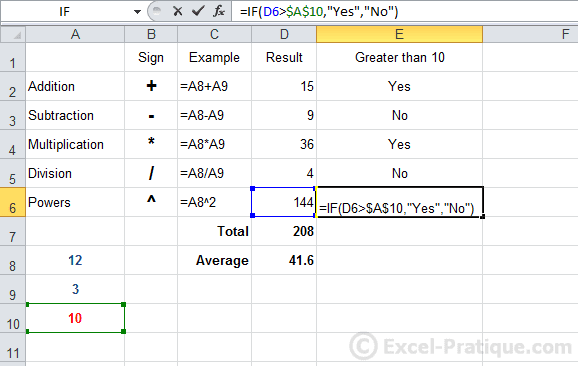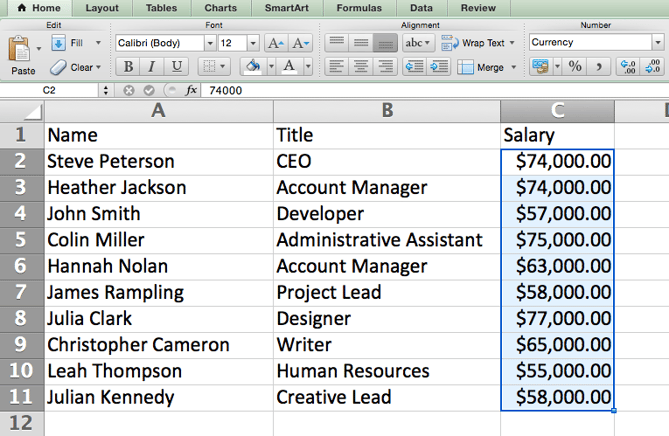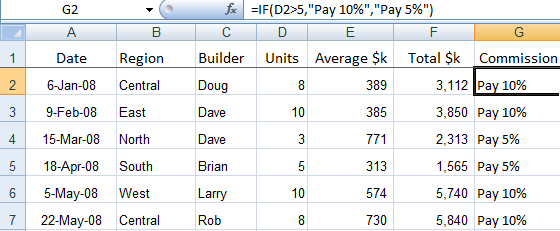In Office 2011 for Mac, Excel has hundreds of built-in functions that you can use in cell formulas. While you type a function in a cell formula, a pop-up menu appears. The following example uses Excel’s built-in SUM function.

Start with a blank worksheet.
Type 1 into both cells A1 and B1.
The value of 1 displays in cells A1 and B1.
In cell C1, type =S.
While you type, a pop-up menu showing all worksheet functions beginning with the letter S displays. Look at all the functions that start with the letter S! Right now, you’re interested in the SUM function.
Choose SUM from within all those S options in the pop-up menu with the arrow keys on your keyboard; then press the Enter or Tab key. Don’t type anything else for now.
Excel displays =SUM(|) with the vertical bar indicating the insertion cursor is ready to fill in the argument.
Drag over the range A1:B1.
Excel enters the cell range for you and you don’t have to worry about making a typing mistake. Is that neat or what?
(Optional) You can manually type the argument.
Click the green Enter button to finish.
Excel displays the value of the formula in cell A1 and displays the formula containing the SUM function in the Formula bar.
In Office 2011 for Mac, Excel has hundreds of built-in functions that you can use in cell formulas. While you type a function in a cell formula, a pop-up menu appears. The following example uses Excel’s built-in SUM function. Start with a blank worksheet. Type 1 into both cells A1 and B1. The value of.

- Learn the basics of using Microsoft Excel for Mac, including the anatomy of a spreadsheet, how to enter data, how to make your data look good so it's easier.
- The IF function in Excel returns one value if a condition is true and another value if it's false. You can use up to 64 additional IF functions inside an IF function. Excel has other functions that can be used to analyze your data based on a condition like the COUNTIF or COUNTIFS worksheet functions.
The SUM function is so popular that it has its own button! You can find it by clicking the Ribbon’s Formulas tab, and in the Function group, clicking AutoSum. Click a range of contiguous numbers and then click the button and choose a SUM function. Excel deduces the range for you and enters the formula.
When you enter a cell formula that includes a function, Excel shows you the function’s name and its syntax. The function’s name is blue and is underlined like a hyperlink. That’s because it’s a link to the Help topic for that particular function.

Each function is thoroughly documented with complete sample data and examples so that you can easily see how to use it. To display the complete list of all functions by category, click the Ribbon’s Formulas tab, and in the Function group, click Reference. Click a disclose triangle to display a list of that category’s functions. In the disclosed list, clicking a function name displays detailed information about the function, including how to properly use the function’s arguments. Some topics explain the calculations used by the function to arrive at its result.

If Function Excel Format
Boot Camp Control Panel User Guide
In Windows on Mac, pressing function keys on a portable Mac and some other Apple keyboards controls hardware features. Boot Camp supports the volume, brightness, keyboard illumination, and media keys.
In the Boot Camp Control Panel, you can change the default behavior, so that pressing a function key controls app features, and pressing a function key and the Fn key controls hardware features.
In Windows on your Mac, click in the right side of the taskbar, click the Boot Camp icon , then choose Boot Camp Control Panel.
If a User Account Control dialog appears, click Yes.
Click Keyboard.
Select or deselect “Use all F1, F2 etc. keys as standard function keys.”
Some portable Mac computers have a group of keys with small numbers on them that can be used as a numeric keypad. To use these keys as a keypad, press the Num Lock (F6) key, or hold down the Fn key while you press the keys on the keyboard.
Excel If Functions For Dates
